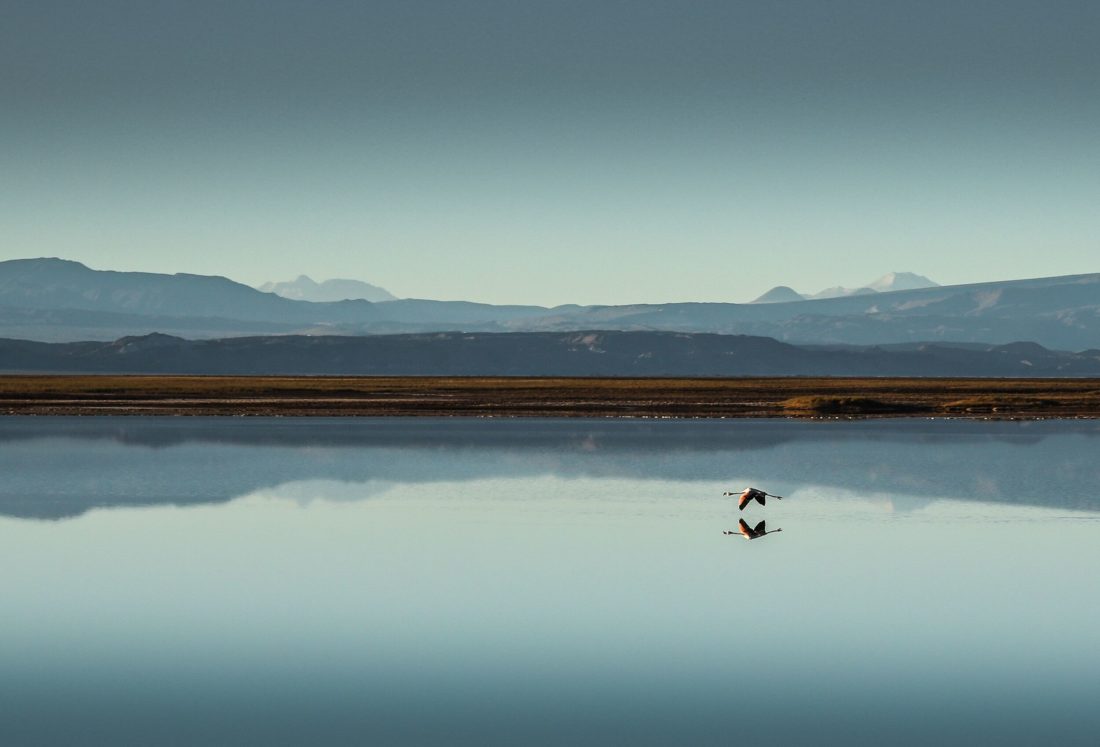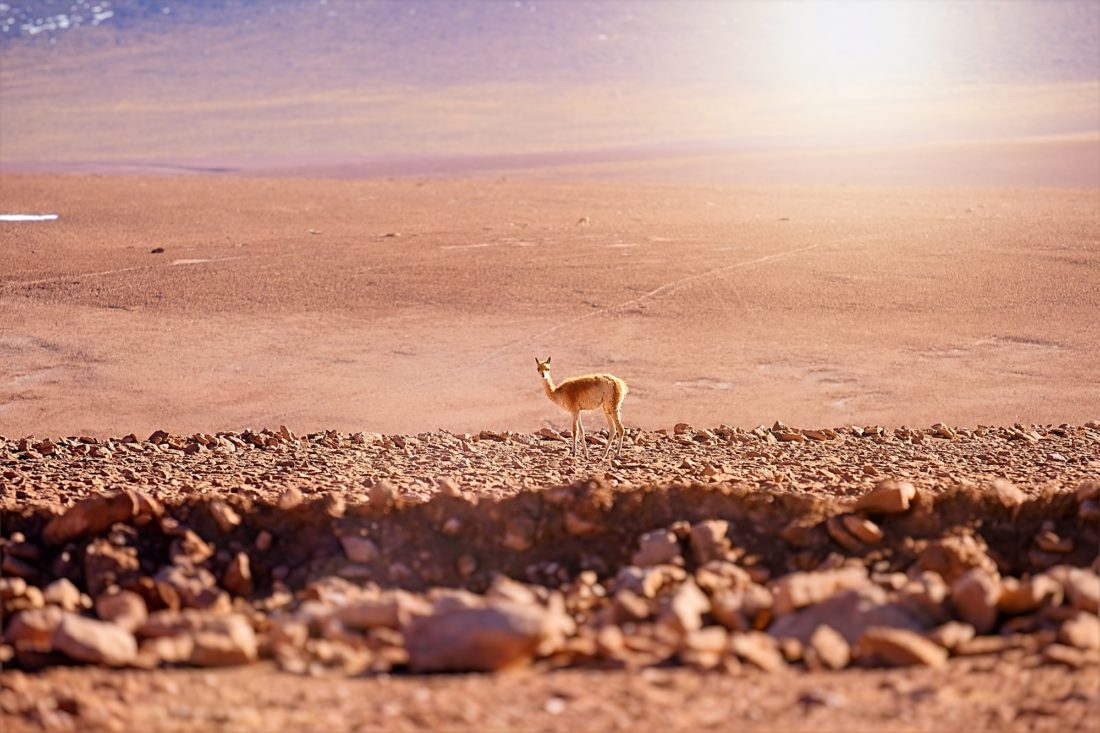When Chris Moss, one of the UK’s most well-regarded and experienced travel journalists, visited Chile’s Atacama Desert for the UK’s Daily Telegraph, it was the dryness – the almost alien lack of moisture in one of the world’s most arid locations – that really made an impression.
“‘Otherworldly’ is overused” he writes, “especially since only about 600 people have been to space. But it is an apt adjective for the Atacama Desert.”

Outside the poles, Chile’s Atacama Desert is the driest place on Earth. Credit – Telegraph/Getty
Chris travelled to San Pedro de Atacama, an oasis town originally inhabited by the indigenous Atacameños, famous for their pottery and basketwork. Now, this pretty, laid back settlement – “a picturesque resort town with tree-lined plazas, [and] a 17th-century church” in Chris’ words – is the launchpad for visitors looking to explore the Atacama Desert.
This mystical land draws travellers of all guises, from backpackers to high-end adventurers and everything in between. “Birdwatchers, stargazers, naturalists and landscape photographers are all in nirvana in Atacama”.
It is also home to our 12-suite, Relais & Chateaux lodge, an “ultra-luxury resort inspired by pre-Inca architecture, with shade-giving trees for the day and alpaca blankets for the night”.

Outdoor seating around firepits at Awasi Atacama
Each room has its own designated private guide and vehicle, meaning fully-tailored itineraries and personalised excursions. Ideal for exploring the remarkable landscape of the Atacama.
“The Salar de Atacama, Chile’s largest salt flat”, writes Chris, “is a barren valley of salt that has hardened into an ice rink-lookalike of hexagons framed by wavelike white crests created by invisible winds and subterranean pressures.”
Otherworldly is the right word.
“…It looks like another planet. It has a place called Valley of the Moon and another spot that is used to test NASA’s Mars rover. At sunrise it’s red, like Mars, or yellow, like Venus. In the evening it goes violet, like Neptune. Then it goes blue, like Uranus.”

The Milky Way appears over telescopes in the Atacama Desert. Credit: Telegraph/Babak Tafreshi/National Geographic Creative
Colours abound, strikingly beautiful against the clear blue sky and rocky ground beneath.
“Flamingos forage in the pools of salty water and are startlingly pink against the creamy saltscape. The sky is – needless to say – impossibly blue, forever, always, unblemished.”

Flamingos in Chile’s Atacama Desert
The terrain around San Pedro is hugely varied, with valleys carved through the desert, salt lakes and thermal pools, soaring peaks that rise over 4,000 metres, surprisingly green gorges and harsh, moon-like vistas.
“The El Tatio geysers are at 14,173ft above sea level, and in the middle of nowhere”. Chris visited these fascinating geysers early one morning from Awasi Atacama.
“You get up in the dark and traverse the spooky black desert and, just as the sun slips above the horizon, you arrive in a sandy, dusty, rocky field of 80 geysers. They spurt highest when the cold morning atmosphere prevents the steam from evaporating.”

Whilst this may be one of the driest places on earth, it is not the lifeless, barren desert visitors may expect.
“This world is unreal, but it’s not dead”, explains Chris.
“Cacti and grasses survive in the desert, and bromeliads flourish in zones prone to fogs. There are mammals, including the chinchilla-like viscacha, South American grey fox and Darwin’s leaf-eared mouse. Birdlife abounds, from the tamarugo conebill to the Chilean woodstar to the slender-billed finch.”
The Atacama region is so dry due to a coincidence of geographical features. The Humboldt current, running North along Latin America’s West coast from Antarctica, keeps the air cool, and this combined with the high plateau prevents the formation of rain clouds.

Surrounded by silence – guests enjoy a picnic at Awasi Atacama, Relais & Chateaux
There are though some unique quirks to these exceptionally dry conditions, as Chris outlines.
“There are fog oases where drifting moisture makes landfall and provides enough water to give life to isolated islands of vegetation called lomas. Here shrubs and small trees sprout up amid mountains and shifting dunes.”
It is a far cry from the UK’s Lancashire, from where Chris hails.
“I grew up with rain and wind and sleet and clouds, and more rain” he writes.

The beauty of exploring the Atacama Desert with your private guide at Awasi – a far cry from Lancashire
“When I go to the Atacama Desert, my body goes into shock. I am half expecting at least a smudge of white to darken the day, or a sudden joy-killing shower. But no. Consider: the town of Calama went without a single drop of rain from 1570 to 1971: more than 400 years. There are parts of Pennine Lancashire that can produce the same statistic for drops of sunlight.”
The Atacama has always had an ethereal quality, its otherworldliness firing imaginations like few other places, fuelled perhaps by the altitude and aridity.
“Atacama has that quality; whatever your weirdest, most vivid, most transporting dream has been, there’s a place in Chile where you can see it, touch it, feel its heat.”
